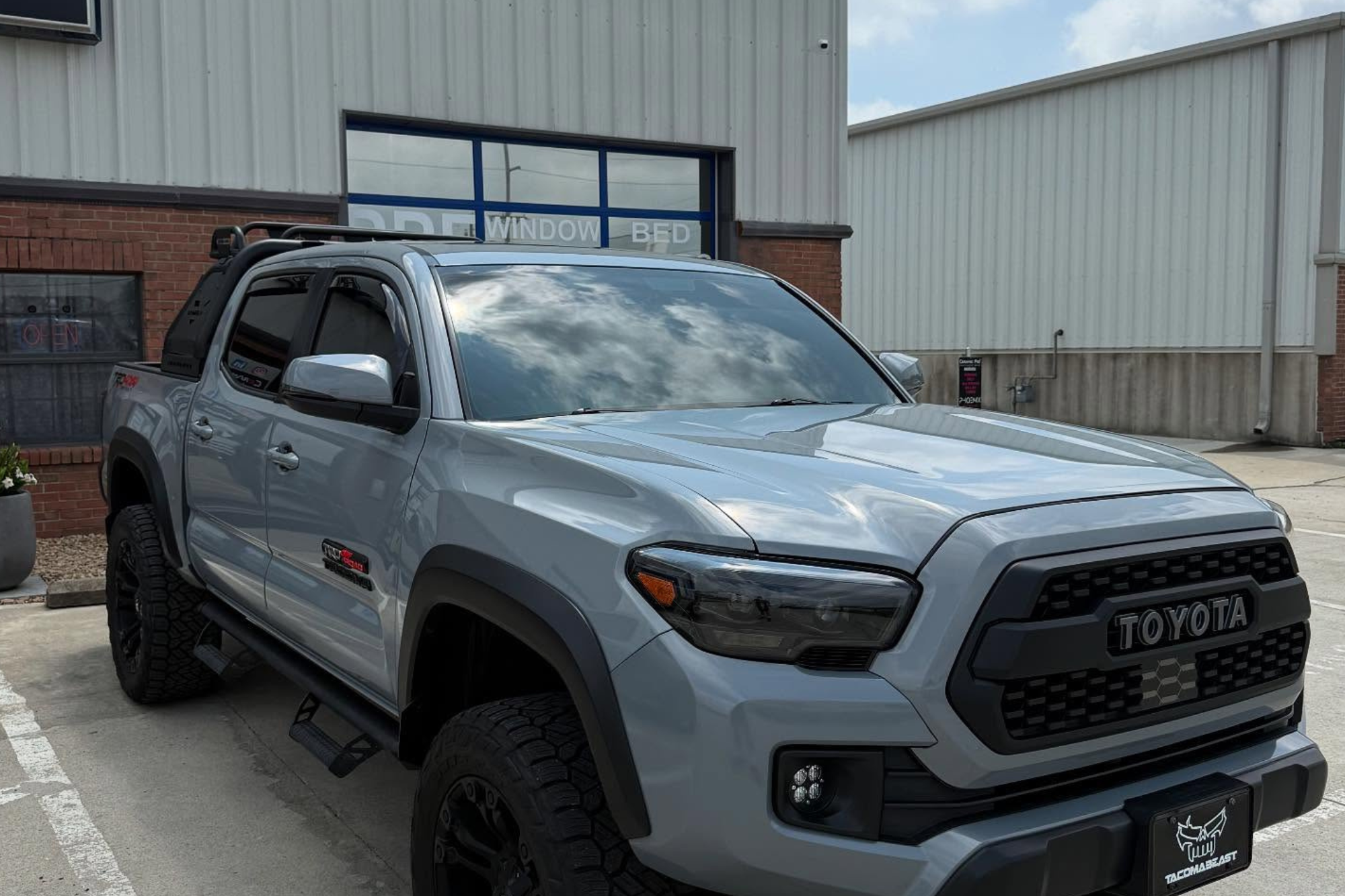Ceramic coating services have become a popular choice for car owners looking to protect their vehicle’s paint and maintain its shine. However, proper washing methods are essential to keeping the coating effective and your car looking its best. This article will explore the differences between hand washing and touchless car washes, helping you decide the best approach for your ceramic-coated vehicle.
Understanding Ceramic Coatings
A ceramic coating is a liquid polymer applied to a car’s exterior surfaces. Once cured, it forms a protective layer that bonds with the factory paint. This coating offers several benefits:
- Enhanced Gloss: Gives the car a deep, reflective shine.
- Hydrophobic Properties: Repels water and makes it easier to clean off dirt and grime.
- UV Protection: Helps prevent paint from fading due to sun exposure.
- Chemical Resistance: Protects against contaminants like bird droppings and tree sap.
While ceramic coatings provide a robust shield, they are not maintenance-free. Regular cleaning is necessary to maintain their protective qualities and appearance.
Hand Washing: The Traditional Approach
Hand washing involves manually cleaning the car using appropriate tools and products.
Benefits of Hand Washing
- Thoroughness: Allows for detailed cleaning, reaching areas that automated systems might miss.
- Gentle Touch: With the right techniques, the risk of damaging the ceramic coating is minimized.
Control: You can choose the best products and methods suited to your vehicle’s needs.
Recommended Hand Washing Techniques
- Use the Two-Bucket Method: One bucket is used for soapy water, and another is used for rinsing the wash mitt. This reduces the chance of reintroducing dirt to the car’s surface.
- Select pH-Neutral Car Shampoo: Ensures that the soap doesn’t degrade the ceramic coating.
- Employ a Microfiber Wash Mitt: Gentle on the surface and effective at trapping dirt particles.
- Dry with a Microfiber Towel: Prevents water spots and streaks after washing.
Hand washing, when done correctly, is an excellent way to maintain a ceramic-coated car. However, it requires time, effort, and the right materials.
Touchless Car Washes: A Modern Convenience
Touchless car washes use high-pressure water jets and specialized detergents to clean vehicles without physical contact.
Advantages of Touchless Car Washes
- Reduced Risk of Surface Damage: Brushes and cloths do not come into contact with the car, minimizing potential abrasions.
- Speed and Convenience: Typically faster than hand washing and doesn’t require personal effort.
Considerations for Ceramic-Coated Cars
While touchless car washes are less likely to cause physical damage, there are some factors to keep in mind:
- Use of Harsh Chemicals: To compensate for the lack of physical contact, these washes often use stronger detergents, which can degrade the ceramic coating over time.
- High-Pressure Water: The force of the water jets might be too intense for certain areas of the vehicle.
To ensure the longevity of the car ceramic coating, it’s essential to choose a touchless car wash that uses pH-balanced soaps and moderate water pressure.
Comparing Hand Washing and Touchless Car Washes
Both hand washing and touchless car washes have their benefits and drawbacks. Here’s how they compare:
- Effectiveness: Hand washing provides a thorough, detailed cleaning, ensuring every part of the vehicle is properly maintained. Touchless car washes are effective for general cleaning but may miss intricate areas.
- Safety: Hand washing is the safest option for ceramic coatings when using the right techniques and pH-neutral products. Touchless washes are generally safe, but strong chemicals or high-pressure water can affect the coating over time.
- Convenience: Hand washing requires time, effort, and the proper tools, making it more labor-intensive. Touchless car washes are quick and easy, requiring no personal effort.
- Cost: Hand washing involves an initial investment in quality supplies, but ongoing expenses are minimal. Touchless car washes operate on a pay-per-use basis, which can add up over time.
Understanding these differences can help car owners choose the best cleaning method to maintain their ceramic-coated vehicle while preserving its protective benefits.

Best Practices for Maintaining a Ceramic-Coated Car
To keep your ceramic-coated vehicle in top condition:
- Regular Cleaning: Wash the car every two weeks to prevent the buildup of contaminants.
- Avoid Harsh Chemicals: Whether hand washing or using a touchless car wash, ensure that the cleaning agents are pH-neutral and safe for ceramic coatings.
- Inspect the Coating: Periodically check for signs of wear or damage and consult a professional if needed.
- Protect from Environmental Factors: Whenever possible, park in shaded or covered areas to minimize exposure to harsh elements.
Conclusion
Maintaining a ceramic-coated car requires careful consideration of your washing methods. Hand washing offers thoroughness and control, allowing you to cater to your vehicle’s specific needs. On the other hand, touchless car washes provide convenience and reduce the risk of surface damage but may involve the use of stronger chemicals. By understanding the benefits and drawbacks of each method, you can make an informed decision that ensures your car remains protected and looks its best. For expert advice and services related to ceramic coatings in Middletown OH, consider reaching out to Ceramic Pro South West OH.





